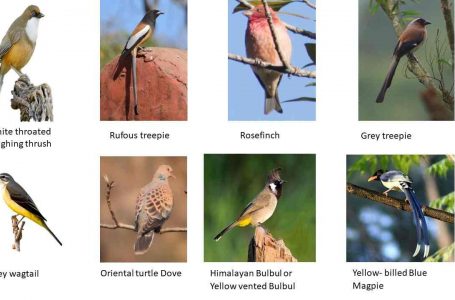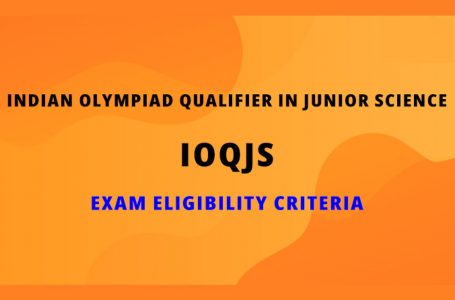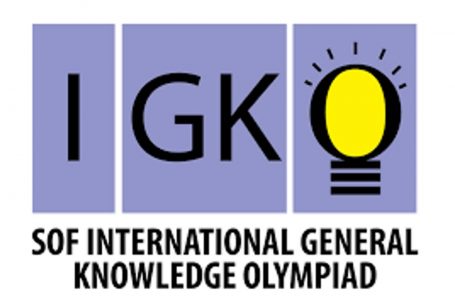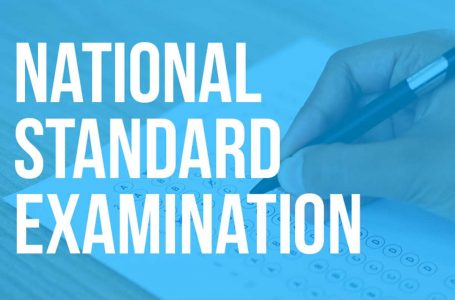Regional Mathematic Olympiad – RMO
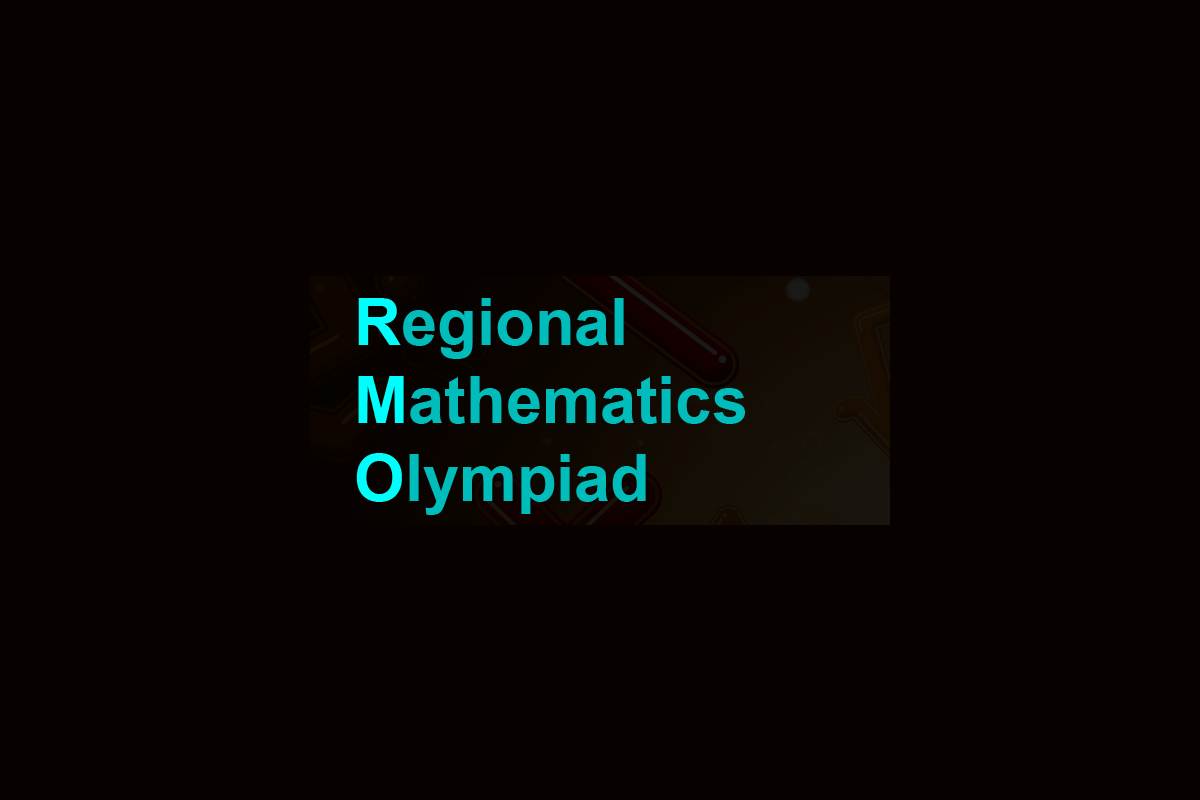
It is the second stage of the mathematics talent exam conducted in India, and this exam is organized by the Homi Bhabha center for science and educational research. This exam contains descriptive-type questions requiring students to solve six questions in 3 hours. The school provides answer sheets and rough papers for every participant, and the students must submit them after the exam. In this exam, the top 30 students are selected from classes 8th, 9th, 10th, and 11th, and a maximum of 6 students from class 12th. The organization declares the official website of the Homi Bhabha center for science and educational research. In addition, the student who clears the PRMO exam becomes eligible to participate in the RMO exam.
Table of Contents
RMO exam Overview
| Time | 3 hours |
| Conducting Body | Regional coordinators under the HBSCE |
| Participated students | Top 30 students from classes 8th, 9th , 10th, and 11th and the top 6 students from class 12th |
| Result | The HBSCE declares the result on its official website |
| Who is eligible for this exam | Students who clear PRMO are eligible to participate in RMO |
RMO Exam pattern
For a better understanding of the RMO examination, the structure is given below :
Chapter-wise weightage explanation
| Chapters | weightage | No of question |
| Number theory | 21 | 7 |
| Algebra | 20 | 6 |
| Trigonometry | 3 | 1 |
| Combinatorics | 31 | 7 |
| Geometry | 27 | 9 |
RMO Exam Pattern
| RMO exam | SPECIFICATION |
| Time duration | 3 HOURS |
| Number of questions | 6 |
| Registration | The student can register at the official website of HBSCE |
| Marking scheme | This paper contains 6 subjective-type questions for 17 Marks, and the marks are divided between the equation and logical explanation. |
| Date of result declaration | The regional coordinators are responsible for the declaration of exam results. |
| Exam mode | Online |
| Important documents | Admit card and identity card |
Stages of the Mathematic Olympiad
Stage 1 – pre regional mathematics Olympiad –It is the first exam stage; this exam contains six steps. First, the mathematics teacher association organized the PRMO exam, and the other remaining rounds were introduced as the Homi Bhabha center for science education.
Stage 2- regional mathematics Olympiad – It is the second stage of the mathematics Olympiad and is organized under the guidance of HBCSE. This exam contained multiple-choice type questions, and the duration was 3 hours. This is a pen-paper-based test, and the students are provided the exam streets and rough paper for the rough work. After the exam t, the examiners collect these papers.
Stage 3 – Indian national mathematics Olympiad – It is the 3rd stage of the mathematics Olympiad. Only the Top 30 students are selected for this stage.
Stage 4 – Indian mathematic Olympiad training camp – After qualifying for the Indian national mathematic Olympiad, the selected students are invited for orientation.
Stage 5- pre-departure camp – The selected students went to another camp where they underwent advanced training for 8-10 days, and the HBCSE organized this camp.
Stage 6- International mathematic Olympiad – Top 6 students get the selection to represent India in the international mathematic Olympiad.
RMO Admit card
The admit card for the RMO exam can be downloaded from the official website of HBCSE. Fill in the correct information: roll number and date of birth. Once you log in, you can download the admit card. It is essential to bring your admit card to the examination center.
RMO Eligibility
Only Indian citizens can apply for this examination, and the participants must be born on or before 1st August 2020. However, according to the orders of the madras high court, overseas citizens of India are also eligible for this exam.
The students of classes 9th to 12th are eligible to participate in this exam, and the regional coordinators allow the students of class 7th to participate in the RMO exam. However, it is the student’s responsibility to check the eligibility criteria; if any student fails to meet the requirements, they are not allowed to appear in the Olympiad.
RMO Syllabus
RMO is a very challenging exam. The syllabus of the RMO exam contains the topics of class 9th to class 12th Mathematics syllabus which are listed below in the table:
| Number Theory | Algebra | Combinatorics | Geometry |
| Divisibility | Polynomials | Permutation and Combination | Lines and Curves |
| Euclidean and Division algorithm | Quadratic Equations | Sts | Solution of a triangle |
| Modular arithmetic | Graphical method of solving the equation | Balls and Bar questions | Menelaus Theorem |
| Diophantine equation | Root co-efficient | Graph theory, etc. | Ptolemy’s theorem |
| Problem-solving strategies, etc. | Relationship, etc | Ceva’s theorem, etc. |
RMO Registration
Registration for the RMO exam can be done on its official website. The candidate must click on the link and enter their PRMO roll number and date of birth. Only those students who clear their first stage (PRMO) are eligible for the RMO exam.
RMO Result
The result of the RMO exam is announced in December, and students can obtain the result from the official website of HBSCE. The procedure for checking the RMO syllabus is given below :
- First, You should log in to the official website. Secure.hbcse.tifr.res.in
- Next, enter your roll number and date of birth.
- Then double-check the captcha and press the login button.
- The RMO result will display on your screen. You can take the printout of the result for future reference.
FAQs
- What is the RMO exam?
Ans :- It is the second round of the mathematics Olympiad. First, the students who qualify for the PRMO are eligible to appear in RMO. After that, the candidate who clears the RMO exam will be suitable for participating in the INMO exam.
- What is the Full form of the RMO exam?
Ans :- The Full form of the RMO exam is the Regional mathematics Olympiad
- In how many regions does RMO is carried out?
Ans :- The RMO exam is organized in 15 regions, and 30 students from each region participate in this competition.

